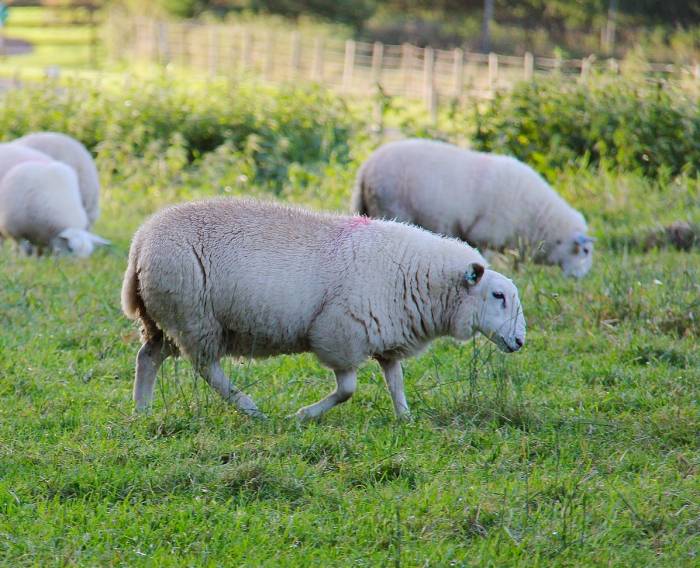Rumen fluke and liver fluke parasites have a very similar lifecycle involving the same mud snail. The main difference is that, once ingested by livestock, immature rumen fluke migrate through the small intestine to the rumen, where they mature and begin to lay eggs. In the UK, while the incidence of rumen fluke has increased, liver fluke remains the more important of the two fluke parasites. Co-infections of liver fluke and rumen fluke are common, but any treatment should focus on the presence of liver fluke.
If adult rumen fluke are present in an animal, rumen fluke egg counts will be present in the dung. Increasingly, faecal egg count samples results provided by UK labs include rumen fluke figures alongside liver fluke figures – but due to the low risk of rumen fluke causing disease, this does not indicate any production loss or a need to treat.
A positive egg count only indicates the presence of adult rumen fluke in the rumen. On the very rare occasions that disease is caused by rumen fluke, it is due to large numbers of immature rumen fluke in the duodenum (duodenitis). There are no specific diagnostic tests for immature rumen fluke, and they would be negative on a faecal egg count.
There are no licensed treatments for rumen fluke and the only active that can kill them (oxyclozanide) has a low safety margin and must be used carefully. Cases of toxicity, resulting in blindness, have been reported. Oxyclozanide for use against rumen fluke can only be prescribed by a vet where there is conclusive evidence an infestation is likely to be causing a health / welfare issue.
Experts in this area believe anecdotal reports of production and/or health benefits in response to treatment of rumen fluke are unlikely to be due to removal of adult rumen fluke and much more likely to be as the result of removing a co-infection of liver fluke that may not have been reported.
For information on rumen fluke, see the SCOPS Technical Manual. Chapter 3.4.4.
